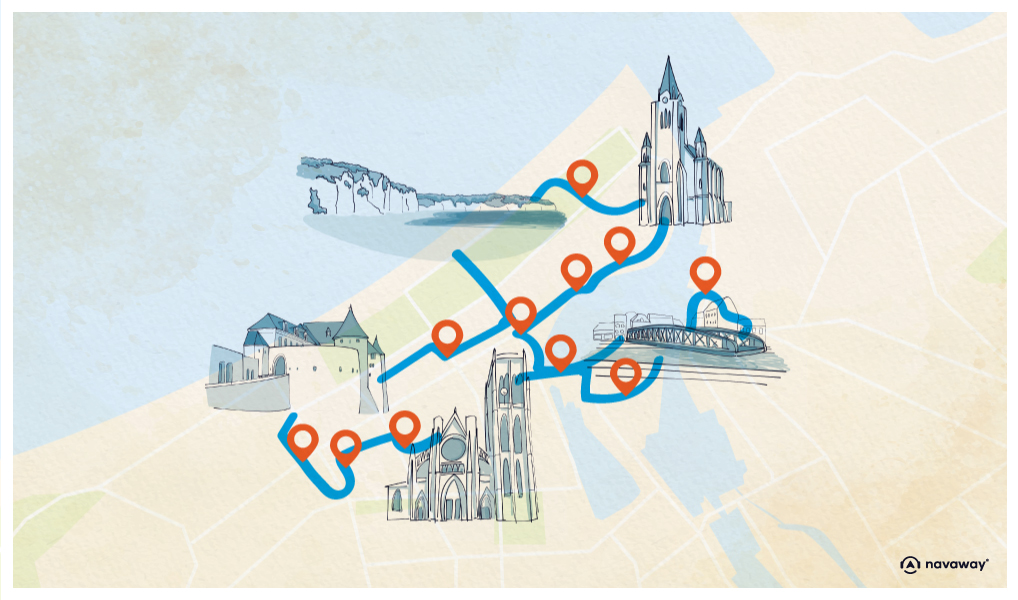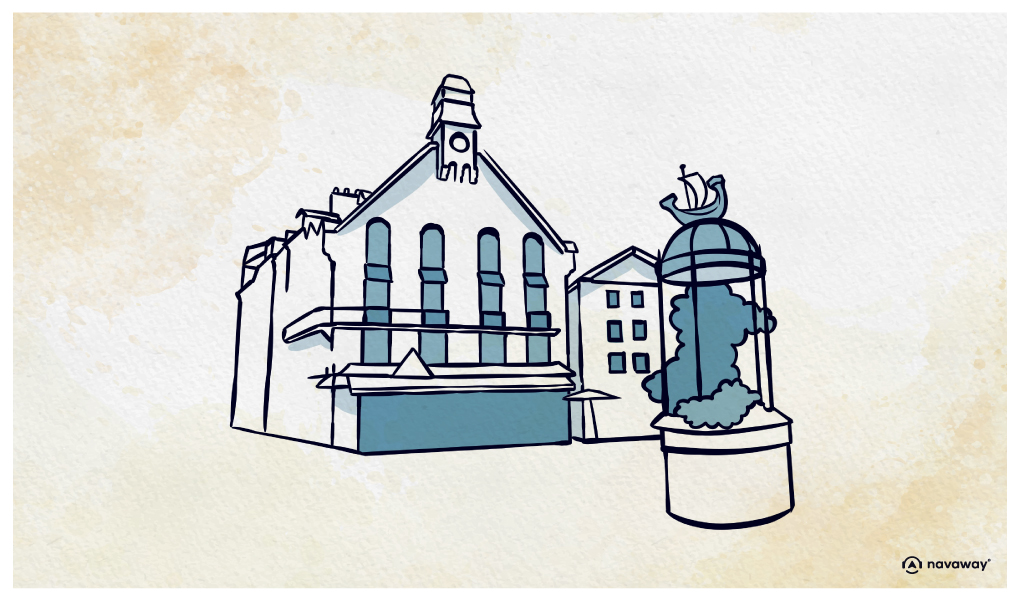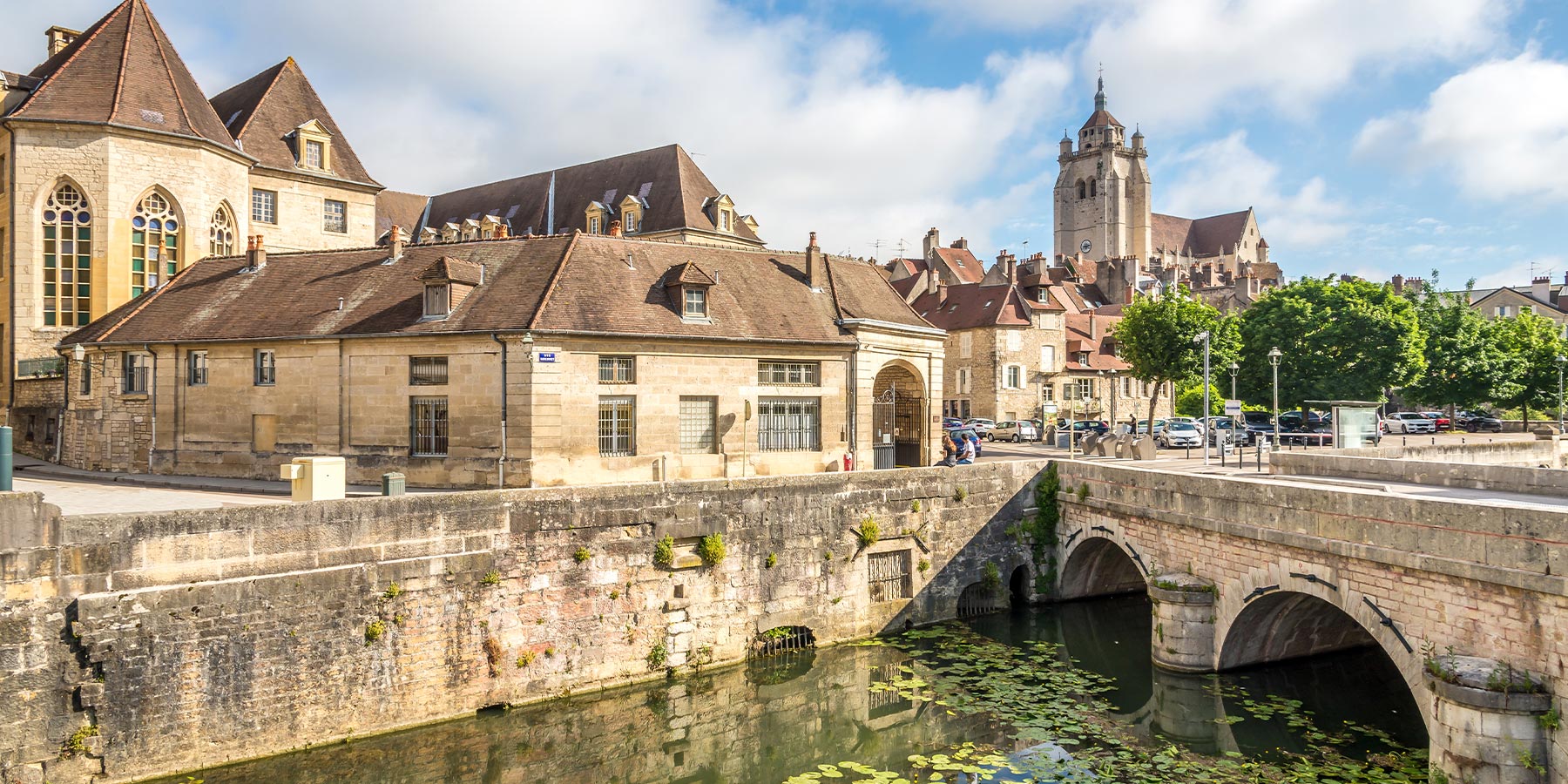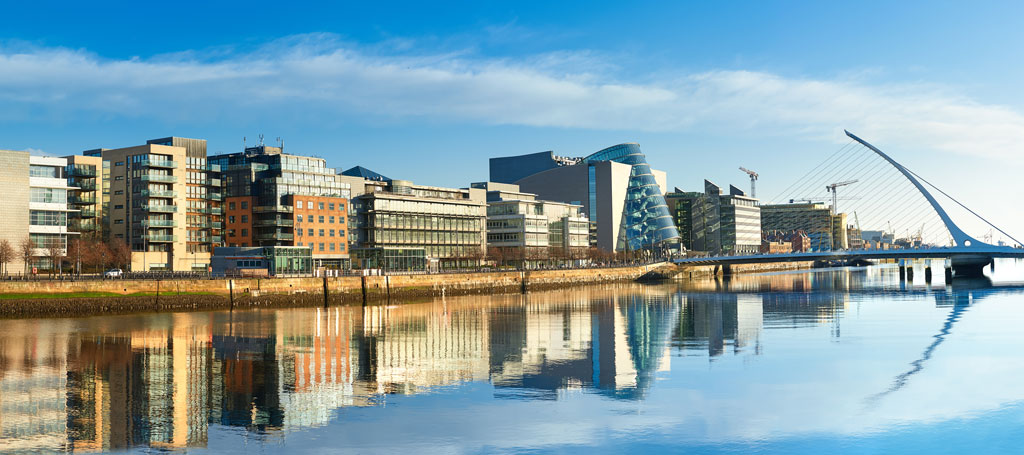
Puits-Salé Square

This point of interest is available as audio on the tour: Visit Dieppe, Against wind and tide
Located at the junction of not two, but six streets, Puits-Salé Square is undoubtedly Dieppe’s liveliest and best-known square. Its rather unusual name — which means “Salty Well” — refers to the slightly brackish water that once flowed from the old Puits-Salé fountain, supplied in 1558 by the Saint-Aubin spring, located less than a fifteen-minute walk from here. The salinity likely came from seawater infiltration from the nearby English Channel. While the water wasn’t drinkable, it was used for various domestic and artisanal purposes, such as cleaning or preparing brine to preserve fish and other foods. The fountain was replaced in 1930 by the decorative well you see today — entirely fake, though almost convincingly authentic.
Another, just as important but way more imposing feature of the square is the large white house of the “Café des Tribunaux”.It has occupied the same site since the 18th century. Built in pure Neo-Norman style, with half-timbered walls dating from the 1920s, this building served as a nightclub and meeting place for the town council, before evolving into the café it is today, in the 19th century. During the Belle Époque, the address was a favourite haunt of illustrious members of high society on holiday. These included artists like the British and French painters Walter Sickert and Jacques-Émile Blanche, both of whom immortalised the building. There were also literary figures such as the famous and talented 19th-century Irish writer Oscar Wilde, who left England to take refuge in France after serving a two-year prison sentence for homosexuality. This goes further to show that Dieppe already knew how to be appreciated in the past, and certainly not by just anyone!


Discover Dieppe with app
An interactive guide through the most beautiful streets, squares, and districts
22 fun audioguides full of historical facts, anecdotes, and legends





Comments